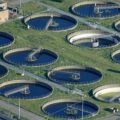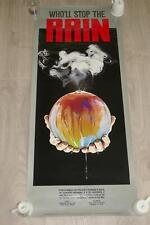
A new study in the Journal of Physical Chemistrysuggests that the chemicals that helped solve a global environmental crisis in the 1990s – the hole in Earth’s protective ozone layer – may be making another problem – acid rain – worse.
The chemicals in question, known as hydrochlorofluorocarbons (HCFCs), replaced the ozone-destroying chlorofluorocarbons (CFCs) once used in aerosol spray cans, air conditioners, refrigerators and other products.
It is already known that HCFCs act like super greenhouse gases, with a potency 4,500 times that of carbon dioxide. The new study adds to these existing concerns, raising the possibility that HCFCs may break down in the atmosphere to form oxalic acid, one of the main culprits in acid rain.
Related:
Ozone hole closure not so cool
Climatologists Mull Side-Effects Of Ozone Hole Closure


















Comments are closed.